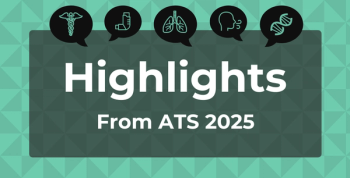
Survey: Women Lack Confidence in Insurers, Employers to Meet the Needs of People With Migraine
The survey of more than 340 women revealed an overwhelming belief that people with migraine are dismissed as exaggerating their symptoms and that employers don't understand the burden of migraine on their employees.
Migraine, which affects approximately 39 million Americans, is disproportionately present in women,
Among the women who responded to the survey, 93% said that people with migraine are often dismissed as exaggerating their symptoms or not feeling severe pain, 97% said migraine and headache disorders strain relationships and disturb family life, and 94% said migraine and headache disorders have a serious impact on communities and workplaces.
“An overwhelming majority of women who responded agreed that migraine strains relationships, impacts family life, and hurts people’s careers,” wrote the authors of the survey report. “Yet only a minority believed that people with migraine are willing to tell their employers or that employers will respond appropriately when told.”
While employers
Just 1 in 5 believes that after an employee discloses their migraine, their supervisor will respond with understanding, helpful assistance, or accommodations.
Outside of the workplace, respondents cited access to treatment as a pressing issue for people with migraine. In the past, people with migraine have struggled with limited treatment options. The
However, 77% of respondents said health plan designs make it difficult for patients to access available treatments and 90% said that by requiring prior authorization or step therapy, health plans prolong pain in patients with migraine. The majority also said that patients with migraine don’t understand the process of pursuing treatment if their insurer initially denies coverage (79%) and that physicians and their patients, not health plans, should decide which treatment is appropriate for their migraine (97%).
Newsletter
Stay ahead of policy, cost, and value—subscribe to AJMC for expert insights at the intersection of clinical care and health economics.








































